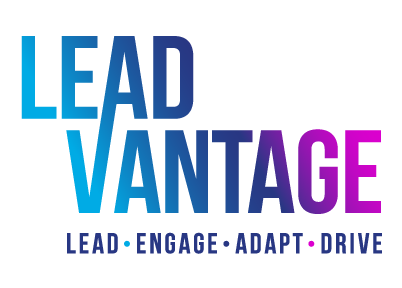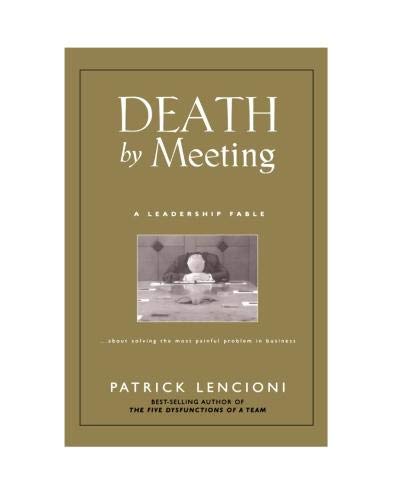Are you experiencing death by meeting?
- Mind-numbing
- Painful
- Boring
- Tedious
- Confusing
- Uninspiring
- Monotonous
- Unfocused
- A waste of time!
These are words that I have heard to describe staff meetings.
We’ve all been there. The feeling of overwhelm from the unrelenting meetings upon meetings.
I remember looking at my calendar and wondering:
- Is there a need for all of these meetings?
- Why so many?
- What’s the point?
Don’t get me wrong, meetings are necessary, but there’s a balance and art to structuring meetings. Understanding the nuances of shifting meetings from painful to productive, frustrating to fun, and pointless to meaningful is essential.
“To make meetings more effective, we need to have multiple types of meetings and clearly distinguish between the various purposes, formats, and timing of those meetings.” Patrick Lencioni
Here are some tips Lencioni puts forward to help bring more life to your meetings:
- Encourage robust discussion and mine for conflict and healthy debate
- Provide context and structure to every meeting
- Summarize the tangible solutions
- Have one purpose per meeting
Lencioni suggests four types of meetings:
1. Daily check-in
- These are quick meetings lasting approximately five minutes to regularly report on activities and priorities. It helps to illuminate time-consuming email chains and unnecessary back-and-forth regarding activities and challenges.
2. Weekly tactical
- These regular weekly meetings focus on tactical issues relevant to the entire team. These should last approximately 45 to 90 minutes, depending on the frequency. The meeting would include a lightning round (60-second per person update on priorities), a progress review (5-minute report-out on critical information or metrics), and real-time agenda (on-the-spot agenda based on lightning round and progress review).
3. Monthly strategic
- These are monthly meetings of about two hours to engage in open-ended dialogue and debate on strategic and critical issues.
4. Quarterly off-site review
- These retreats help executives step away from distractions to look at the business front more holistically, looking ahead at long-term plans. Lencioni suggests topics around a comprehensive strategy, team, personnel, and competitive and industry review.
If you’re encountering stale meetings that lack purpose, this book is a quick read and offers practical advice on different types of meetings, the time required for each, the suggested format, and the essential keys to success.
“The best news of all: for those organizations that can make the leap from painful meetings to productive ones, the rewards are enormous. Higher morale, faster and better decisions, and inevitably, greater results.“ Patrick Lencioni

If you’re noticing a decline in team performance and dynamics, then it may be time to hit reset. We can assist you with turning it around to build and sustain high-performing teams.
Contact us for more information at info@leadvantage.ca or visit our ElevateU to learn more about our program offerings.





